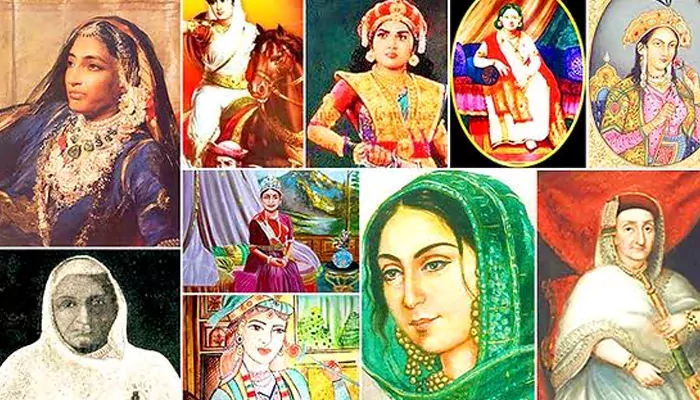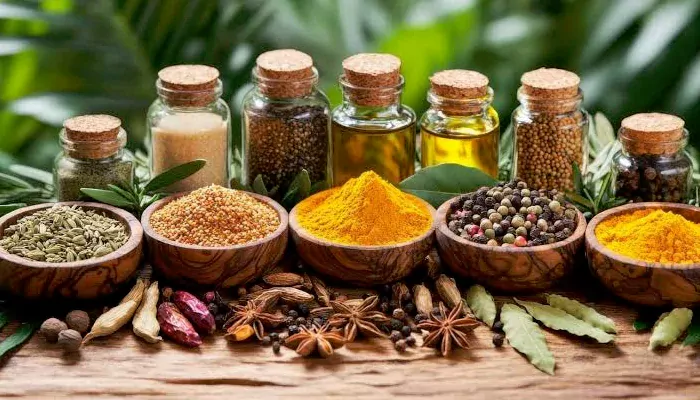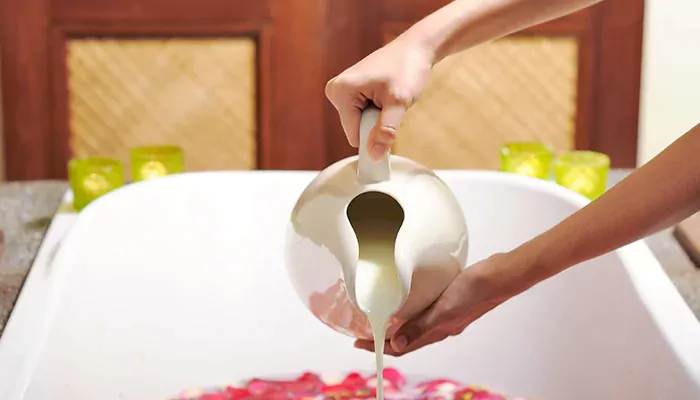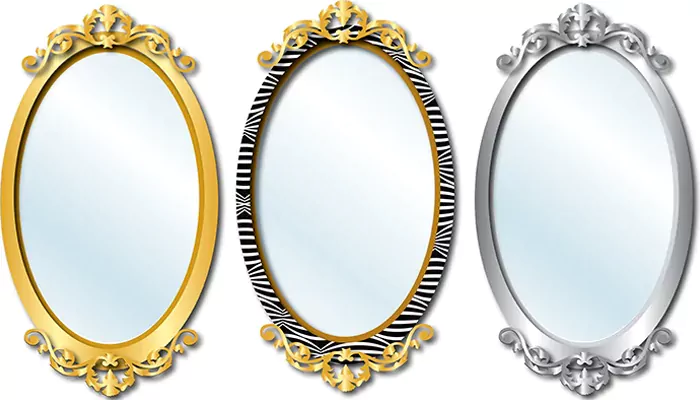
Ever wondered how queens from ancient times glowed without ring lights or retinol?
Move aside, makeup influencers and #SkincareRoutines. Long before serum treatment with stepwise routines flooded our social media feeds, India’s Maharanis were already serving royal glow goals—minus the filters. From the royal courts of Jaipur to the lavish palaces of Mysore, queens literally ruled the realm of timeless beauty too.
Let's take a dewy-eyed dive into the lush world of pre-influencer beauty: Maharani-style.

If you thought clay masks were trendy, think again. Centuries ago, Maharanis beauty regime included ubtan—a potent mix of gram flour, turmeric, sandalwood, and rose water. Applied before weddings, festivals, or even lazy royal afternoons, this humble mixture was the secret behind that “lit-from-within” look.
Ubtan was part of haldi ceremonies, self-care, and even moonlit courtyard pamper sessions with the royal entourage.

A Maharani’s hair wasn’t just hair. It was poetry in motion—in literal sense. Oiled with concoctions of jasmine, amla, coconut, and hibiscus, their locks were truly a sensory experience. These queens didn’t just oil their hair—they infused it with heritage.
Hair care was believed to sacred. Weekly champis weren’t rushed affairs—they were rituals of bonding, endless gossip, and indulgence.

Before high-end, costly, exported perfumes hit the runways, Maharanis dabbed on ittar—natural, oil-based perfumes that could last days on a silk dupatta. Extracted from roses, sandalwood, or even musk, ittar was stored in dainty, gem-studded bottles.
When a Maharani walked by, she left a trail of olfactory luxury.

The artists used finely ground pearls, gold dust, and saffron to enhance their complexion. Yes, your highlighter just got outclassed.
Kohl, made from burnt almond or castor oil, wasn’t just for drama—it was believed to protect from the evil eye. Mascara who? The queens had their gaze game strong.

Do you believe milk baths were invented by Cleopatra? Our Indian queens were soaking in saffron-infused milk and rose petals long before the West caught on. Royal bathtubs were massive marble structures, filled by maids and perfumed with exotic herbs.
Massage oils, body scrubs, and post-bath rituals? All part of a weekly “spa day” that could give any modern-day five-star resort a complex.
The glamour of Maharanis wasn’t just external. It was laced with grace, confidence, and intelligence. Their routines weren’t vanity projects—they were expressions of culture, self-respect, and ultimate royal identity. Beauty wasn’t bought; it was nurtured— literally.
And guess what? Many of their beauty secrets are still relevant today—they were eco-friendly, sustainable, and rooted in Ayurveda.
In a world obsessed with beauty trends, the Maharanis remind us of something powerful—elegance never expires. Their beauty regimens weren’t about followers or filters; they were about proper rituals, rhythm, and respect for nature.

Let's conclude this article with a couple of exciting trivia.
It’s believed that long before large mirrors became common in palaces, queens used polished silver or mercury-coated metal plates to view their reflections while applying makeup.
Some historians believe that queens have been using gold dust on skin for centuries as a symbol of divine beauty—and yes, it was considered an anti-aging element too!
Some queens even followed beauty rituals based on lunar cycles—cutting hair, oiling it, or applying certain masks depending on the phase of the moon. Astrology met aesthetics!
So next time you apply that ubtan or dab some rose water, remember: you’re channeling a lineage of queens who knew the true meaning of timeless beauty.